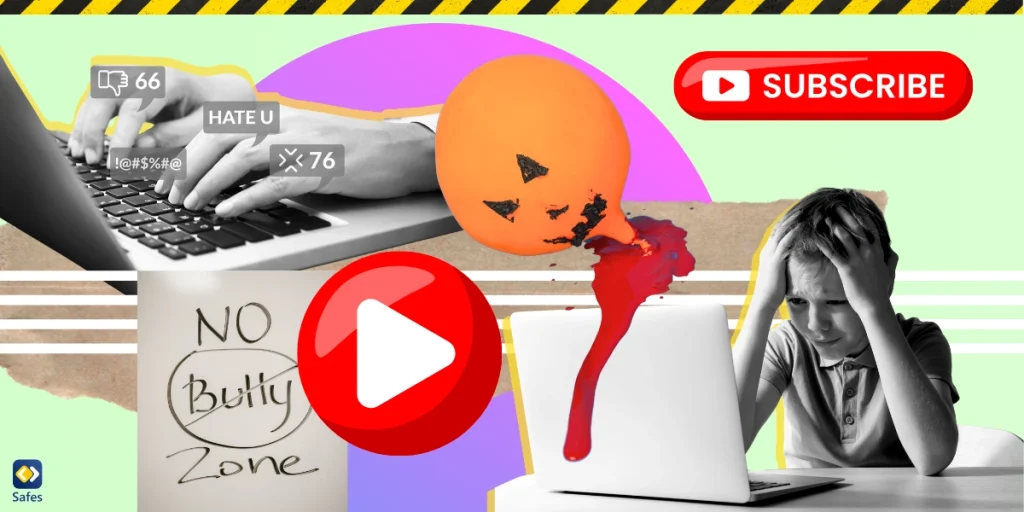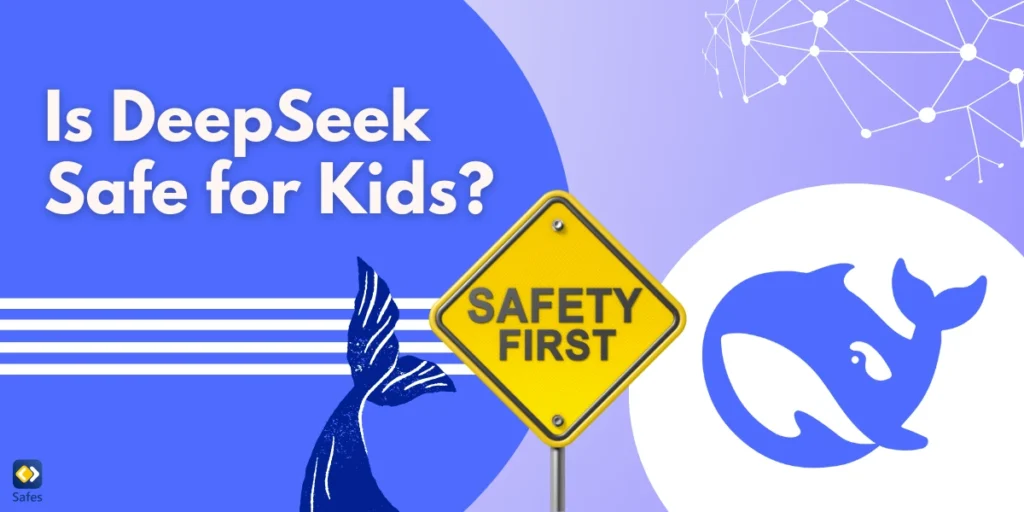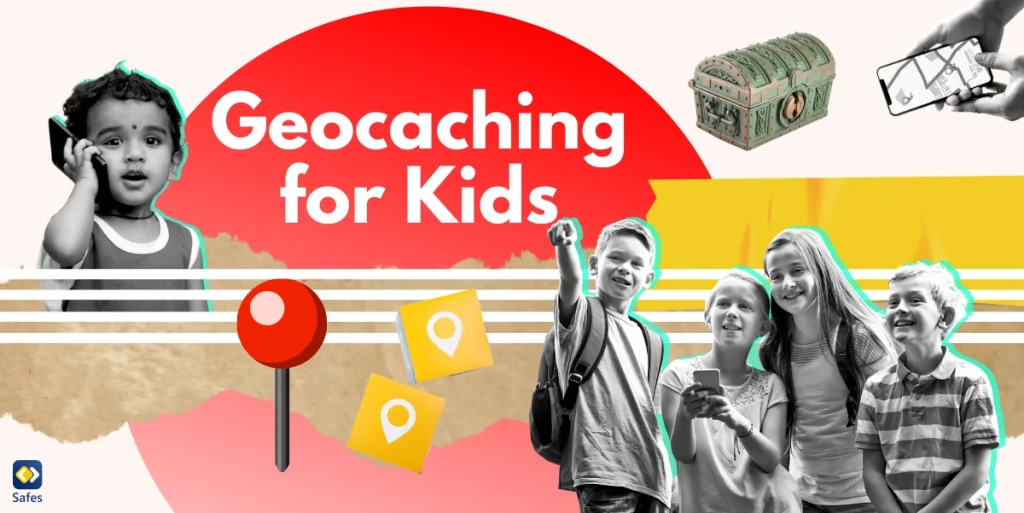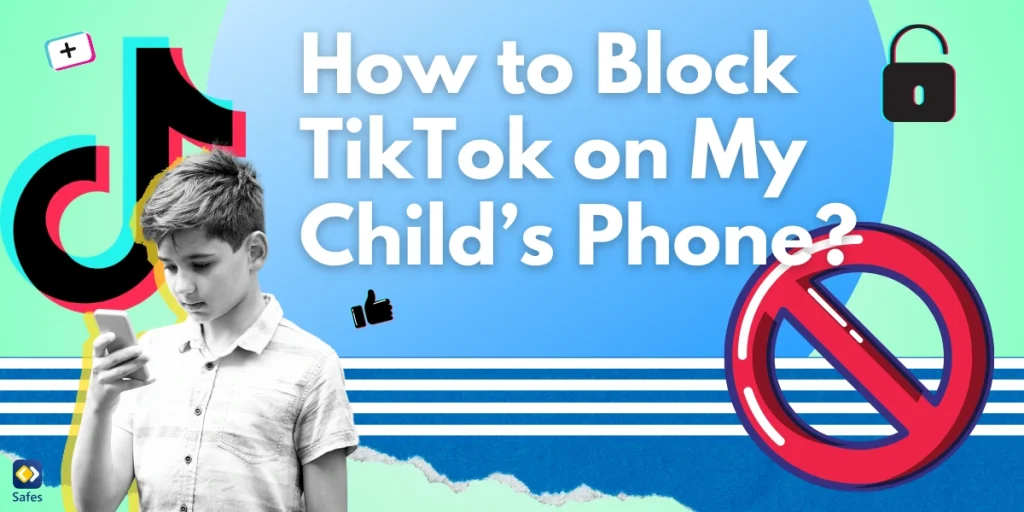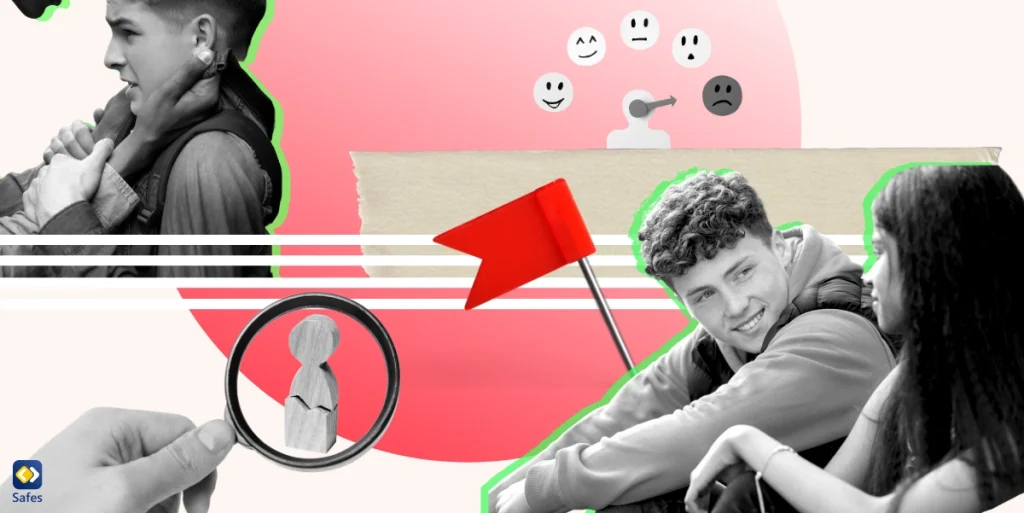In the digital age, YouTube has become a popular platform for entertainment and learning. However, YouTube bullying, a worrying form of cyberbullying, has also become increasingly prevalent. This guide is dedicated to helping parents understand and combat YouTube bullying. It’s essential to recognize that what happens online can have real-world impacts on children’s well-being. This guide helps parents recognize cyberbullying signs and teaches them practical ways to protect their kids.
Download and Start Your Free Trial of the Safes Parental Control App
Defining YouTube Bullying: More Than Just Mean Comments
YouTube bullying, a form of cyberbullying specific to the YouTube platform, involves harmful behaviors directed at individuals through videos, comments, and other interactive features on the site. This type of bullying can take various forms, such as:
- Hurtful Comments and Harassment: The most straightforward form of YouTube bullying includes posting mean or hurtful comments on a user’s videos or live streams. This can range from offensive name-calling to more insidious forms of harassment.
- Dislike Attacks: In some cases, bullies mobilize to mass-dislike a particular video, negatively impacting the creator’s morale and the video’s visibility on the platform.
- Video-Based Bullying: Creating and sharing videos that mock, ridicule, or spread false information about a person. These bullying videos YouTube hosts can be particularly damaging as they often reach a wider audience and can remain on the platform indefinitely.
- Doxing: Sharing personal information about someone without their consent (known as doxing) in video descriptions or comments, exposing the individual to further harassment or even real-world threats.
- Exclusion and Isolation: Excluding someone from collaborative projects or group streams, often accompanied by public ridicule, can be another form of bullying on the platform.
Each of these behaviors can have profound psychological effects on the victims, contributing to anxiety, depression, and a sense of isolation. Understanding these various forms of YouTube bullying is the first step in effectively recognizing and combating them.

Understanding YouTube Bullying
Parents and guardians must recognize that YouTube isn’t just a platform for entertainment; it’s also a space where bullying videos can surface. Cyberbullying is a significant issue, particularly on platforms like YouTube, where kids often interact. It’s been observed that of all the social networks, children using YouTube face the highest risk of cyberbullying, with a staggering 79% likelihood. This statistic surpasses other platforms like Snapchat, TikTok, and Facebook.
Rising Numbers: The Alarming Trends
It’s alarming to note that cyberbullying is on the rise. A recent study in the United States revealed that 26.5% of students experienced cyberbullying in the 30 days before the survey, a significant increase from previous years. This rise is not just a statistic; it’s a call to action for parents, educators, and communities to be vigilant and proactive.
Signs of Trouble: Detecting Cyberbullying
Identifying cyberbullying can be challenging, as it often occurs out of sight. However, there are signs you can look for. Changes in your child’s behavior, reluctance to use their devices, or sudden changes in their online habits might indicate they are facing cyberbullying.
The Hidden Cost: Consequences for the Family
Cyberbullying doesn’t just affect the child; it has consequences for the entire family. Seeing a child in distress can cause significant emotional strain on parents and siblings. Families might find themselves grappling with feelings of helplessness or frustration in addressing the issue. Furthermore, research indicates a direct correlation between cyberbullying and increased risks of suicidal thoughts among young people. This underlines the serious nature of the issue and its potential consequences for the family.
How to Combat YouTube Bullying
Here are some practical steps you can take to safeguard your kids and ensure their online experiences are positive and safe:
- Learn about Cyberbullying: Gain insight into the various forms of bullying on YouTube. Use school and community resources to become well-versed in recognizing and addressing it.
- Talk Openly: Foster an environment where your kids feel comfortable discussing their online experiences, including any negative ones.
- Monitor Online Activity: Implement parental controls on YouTube to keep track of your child’s online interactions, explaining why these measures are necessary for their safety.
- Set Rules Together: Involve your child in creating rules for their digital life. This encourages responsibility and safe online behavior.
- Reduce Screen Time: Limit how much time your child spends on social media to decrease their exposure to potential cyberbullying.
- Take Action: If your child is bullied, respond promptly by discussing the issue, using platform reporting features, and possibly involving school officials if needed.
- Be a Good Example: Model positive online behavior yourself to show your child how to interact safely and respectfully on the internet.
- Provide Support: Always offer empathy and support to your child, especially if they are dealing with cyberbullying. Your understanding is vital for their recovery and well-being.

Safes: Another Step Towards Online Safety
As you are aware, monitoring children’s online activity is crucial for their safety. While built-in parental controls on devices, such as Windows parental controls, offer a foundational level of protection, they may not cover all aspects of digital safety. To address this, we’re excited to introduce a more sophisticated and comprehensive tool specifically designed for this purpose.
We proudly present our advanced parental control app, Safes. Safes is designed to offer a versatile array of options for digital safety. It empowers you to effectively manage screen time by setting tailored limits on overall device use or specific apps, including popular ones like YouTube and various social media platforms. This proactive approach contributes significantly to reducing the risk of online bullying. Moreover, Safes enables you to monitor your children’s online activities closely, allowing you to promptly identify and address any instances of cyberbullying, ensuring a safer online environment for them.
Concerned about your child’s online safety? Start with Safes. Available for free trial on both iOS and Android, Safes is your partner in ensuring a safer online experience for your children.
Additional Resources
These resources, consisting of websites and videos of anti-bullying, offer valuable insights. They can be a great starting point for parents looking to understand more about cyberbullying on platforms like YouTube and how to effectively protect their children.
- StopBullying.gov: This site is a treasure trove of information, with clear guidelines on what cyberbullying is and how to address it. The section on how to report cyberbullying is particularly useful for quick, actionable advice. You can also find a useful short video on cyberbullying on their YouTube channel.
- ConnectSafely.org: Offering tips to prevent cyberbullying, this site is an excellent resource for parents seeking practical, everyday strategies to protect their children online.
- WikiHow’s Guide to Stop Bullying: This provides a step-by-step approach to handling cyberbullying, making the daunting task of dealing with such issues more manageable.
- It Gets Better Project: A beacon of hope, this website shares stories and resources, emphasizing the message that life improves beyond bullying.
For additional insights, there’s a variety of YouTube videos about bullying that offer useful information and perspectives.
Conclusion
Combating YouTube bullying is a collaborative effort that requires awareness, open communication, and proactive measures. By understanding the nature of cyberbullying, monitoring online activity, and fostering a supportive environment, parents can significantly reduce the risks associated with YouTube bullying. Embracing tools like Safes further enhances this protection. Together, we can ensure our children enjoy a safer and more positive online experience, free from the harms of cyberbullying.
Your Child’s Online Safety Starts Here
Every parent today needs a solution to manage screen time and keep their child safe online.
Without the right tools, digital risks and excessive screen time can impact children's well-being. Safes helps parents set healthy boundaries, monitor activity, and protect kids from online dangers—all with an easy-to-use app.
Take control of your child’s digital world. Learn more about Safes or download the app to start your free trial today!
